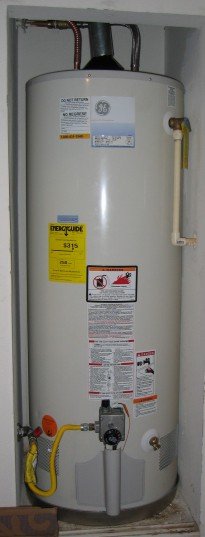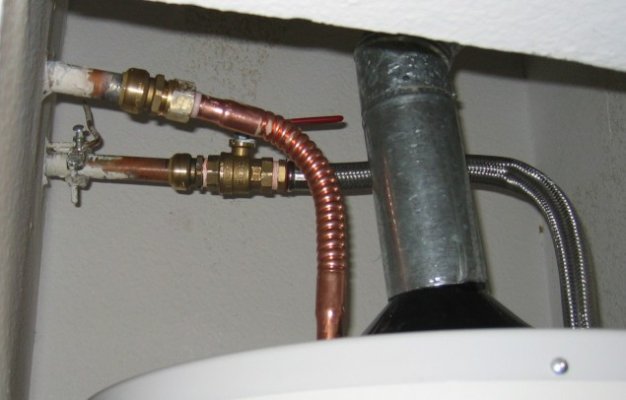Thanks for all the helpful advice. When I said the heater was +10 years old, I actually meant it was 14 years old. So it's had a good run.
I might be willing to learn to sweat the pipe, but this is kind of an awkward space and if I foul it up, there's not much pipe left to cut and start over with. I'd also be worried about torching the drywall and/or myself.
I installed a compression fitting on a toilet supply line in order to replace the shutoff valve, and it looks like the sharkbite connectors are even easier than that. My only concern is how they will hold up over time with the heat and pressure (seems like a no brainer for a drain pipe). I could give the sharkbites a try and get the new heater installed. If they don't work, then I'd call a plumber to sweat on some new fittings - even if it comes to that, it should be much cheaper than paying them for the whole installation.
I called Sears and they wanted about $270 plus permit for delivery and installation. However, they seemed to think that new flex hoses could just be screwed on - if the delivery crew had to remove and sweat on new connectors, the cost could increase.
This photo is the cold water supply line, I assume I would just use the pipecutter at the arrow?




